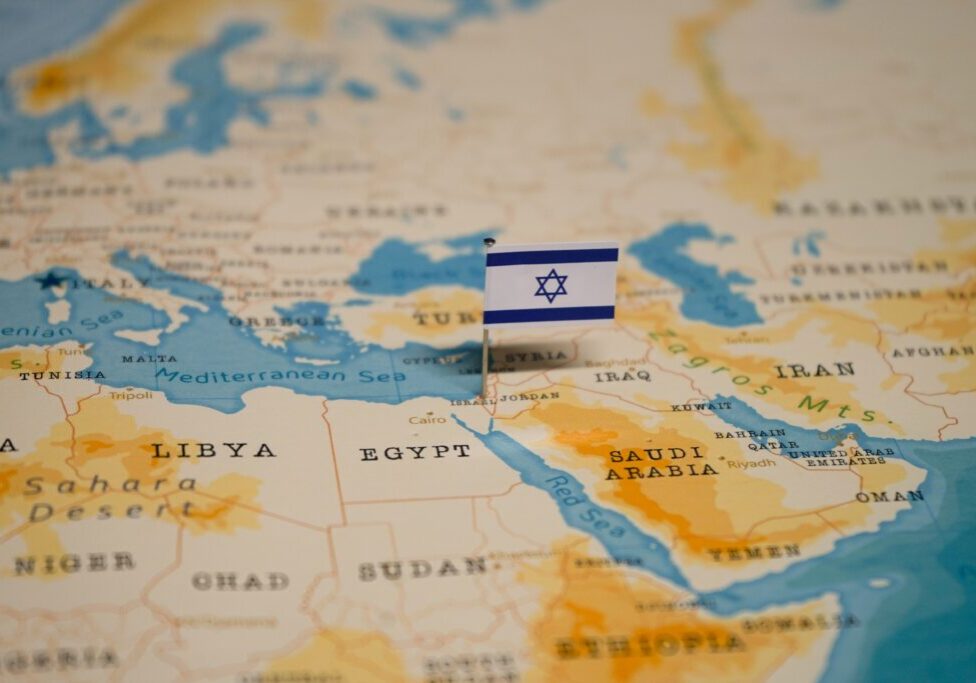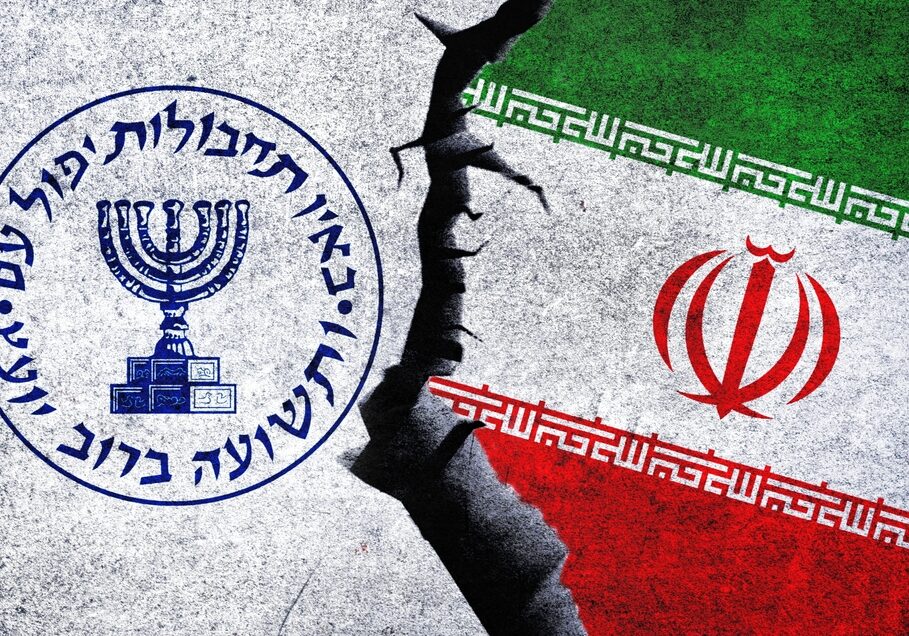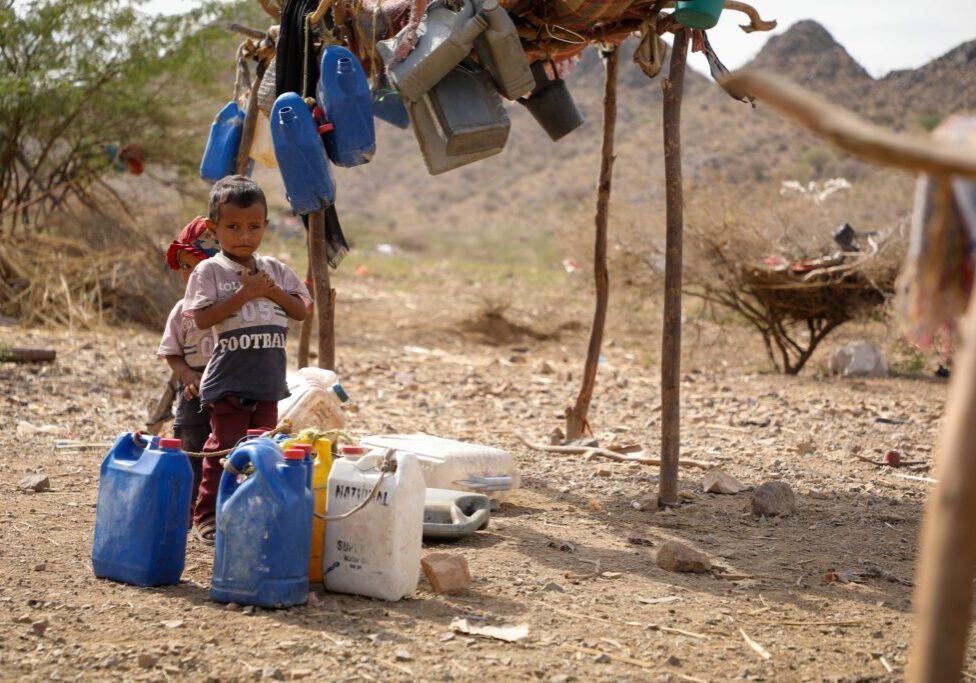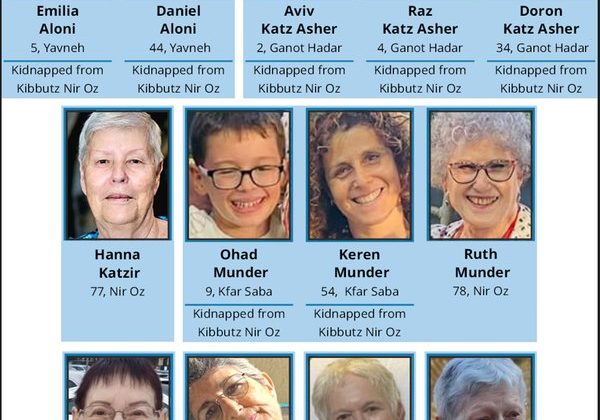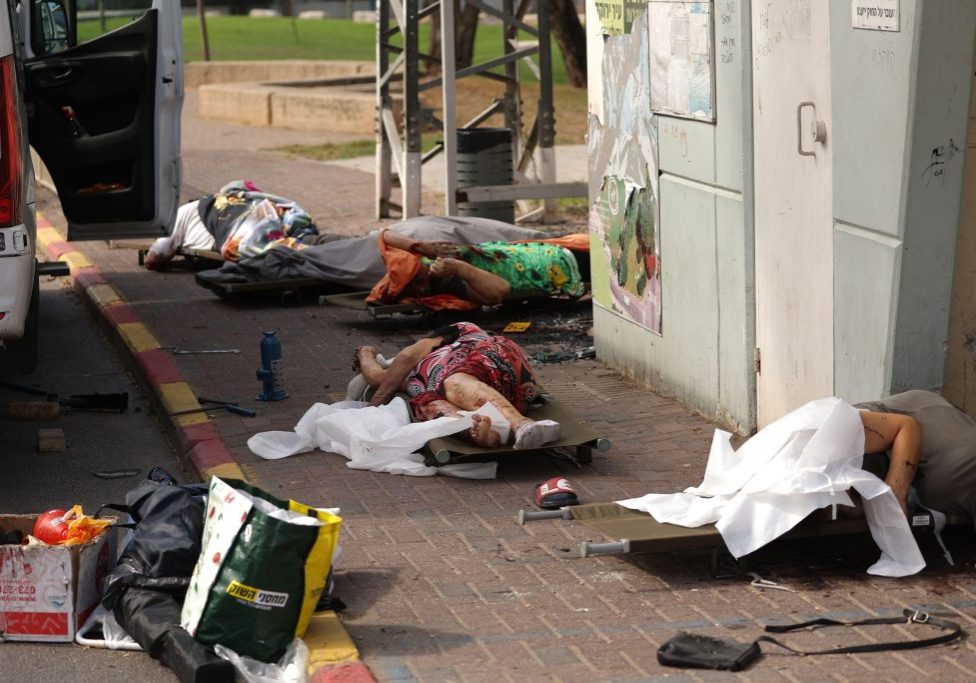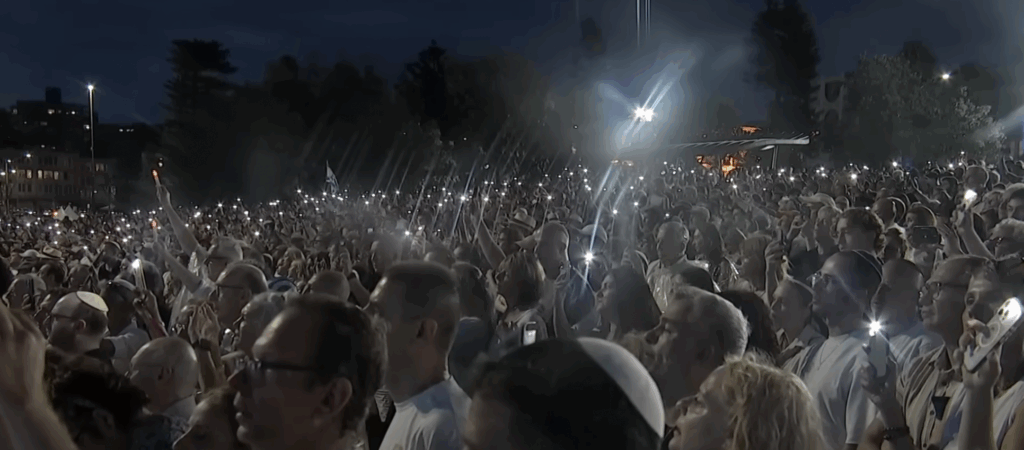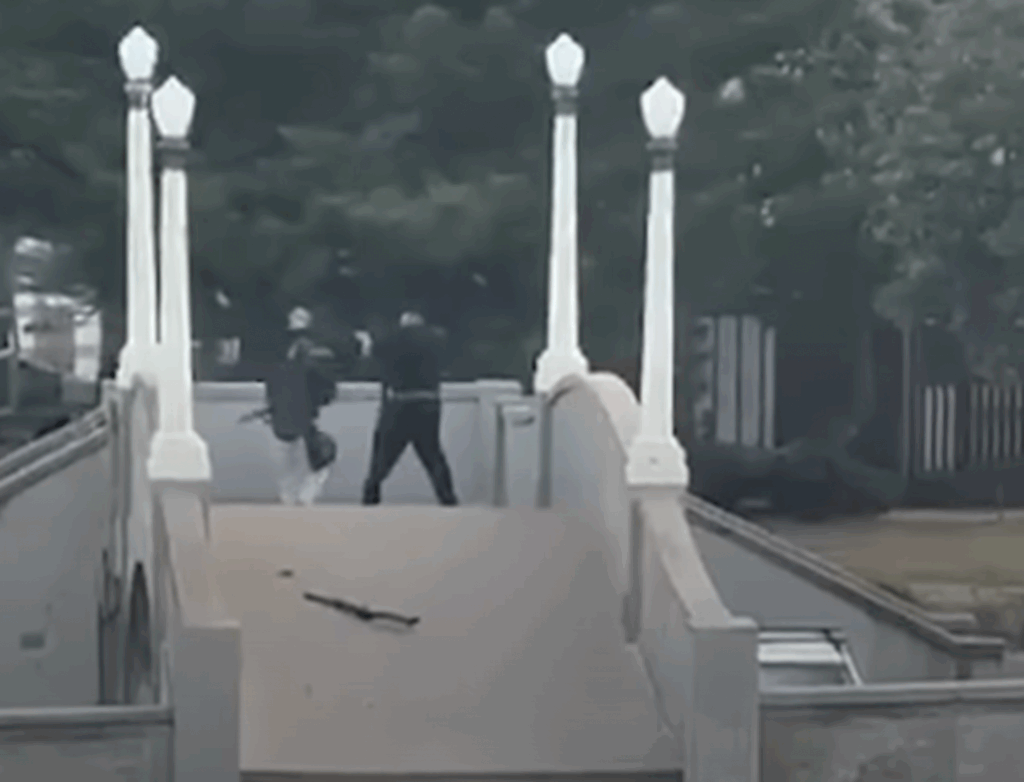FRESH AIR
Israeli defence technology the rising star of Operation Rising Lion
July 8, 2025 | Ahron Shapiro

Israel’s 12-day aerial war with Iran between June 13 and June 24 – known in Israel by the name “Operation Rising Lion” – was a remarkably successful campaign in many ways, beginning with the opening strike that eliminated five groups of targets across the country almost simultaneously.
However, what is perhaps the most impressive of Israel’s achievements was the effectiveness of its multi-layered missile and drone defence systems.
It’s true that incidents where Israeli systems failed to intercept Iran’s heavy missiles targeting some of its major cities produced shocking levels of destruction and damage. Twenty-eight civilians were killed during the strikes, with hundreds wounded, and only a miraculous decision to evacuate a floor of Beersheba’s Soroka hospital the day before it was targeted by an Iranian missile prevented an even greater tragedy. Therefore, it’s important not to minimise the deadly potential of the Iranian ballistic missiles threat, both today or in the future.
Even so – while no air defence system is 100% effective – Israel’s home-grown defence technologies unquestionably have set the bar globally for neutralising missiles and drones of all kinds. This blog will review some of the data based on various articles that have been published since the war began.
Billions of dollars of damage prevented and countless lives saved
A brief on July 2 by the Foundation for Defense of Democracies (FDD) highlighted Israel’s missile interception rate of 86%, as determined by Israel’s Ministry of Defence, preventing more than US$15 billion (A$22.8b) in potential property damage (compared to the estimated US$2.7b (A$4.1b) of damage that was incurred from Iranian missiles that got through) and saving countless lives.
The FDD also discussed drones. Cooperating with a number of international partners, including Arab states like Jordan and Saudi Arabia, as well US, UK and French forces in the area, Israel logged a near-perfect record of neutralising Iranian drones launched to attack Israel:
The ministry also reported that Israel intercepted 99 percent of the hundreds of Iranian drones launched during the conflict. According to the ministry, the results were partly due to “system upgrades to Iron Dome and David’s Sling, combined with a breakthrough Iron Dome test against drone swarms conducted in March.”
In all, it’s estimated that Iran launched more than 1,000 UAVs (Unmanned Aerial Vehicles) during the war, of which exactly two struck Israel – one of them hit a building in Beit Shean and the other an empty area in the south.
Meanwhile, on the other side of the coin, Israel’s use of offensive drones was highly effective, accounting for 60% of IAF (Israeli Air Force) flight hours and 50% of airstrikes. The Defence Ministry reported that the number of drone flight hours logged during Operation Rising Lion was six times greater than the normal number of hours for an entire standard year.
Improved Cost Effectiveness
One of the problems of missile defences is that interceptors usually cost much more than the missiles and rockets they are designed to stop. Israel made some strides in improving that imbalance in this war. Israel’s Arrow-2 and Arrow-3 anti-missile system which targeted the 540 or so large ballistic missiles Iran fired during the recent war worked alongside the US military’s THAAD and Aegis systems, which were also effective. However, an article in the Hebrew edition of Ha’aretz noted that THAAD interceptors cost around six times more per interception compared to the Arrow.
The Jerusalem Post‘s Yonah Jeremy Bob noted that greater integration of robots and automated servicesinto the production process of Arrow interceptors has contributed to the speed of production and a lowering of costs to deploy the system.
Meanwhile, in a report on the news website Times of Israel, Moshe Patel, director of the Israel Missile Defence Organisation (IMDO) said the unprecedented level of coordination between Israel’s various defence platforms, along with seamless synchronisation with American systems, was one of the major successes of the war.
“The greatest achievement of this operation is the ability of all of [Israel’s weapons] systems to operate in coordination with one another, along with the collaboration with US systems, which enabled us to achieve major successes,” he told journalist Stav Levaton.
Levaton’s article also put the spotlight on two other ways cutting-edge Israeli technology aided the campaign. She reported on how the operation began with a massive pre-emptive strike using over 200 aircraft and 330 advanced Israeli-made precision-guided munitions travelling some 1,500 kilometres, and yet apparently achieved complete surprise. They established air superiority, and accurately hit targets from long range, even while countering enemy electronic warfare. Israeli jets also utilised locally developed self-defence systems to ensure their survivability.
Israeli weapons systems’ successes likely to spur sales to its allies
Since Israel’s larger Gaza war was launched in response to Iranian client Hamas’ surprise murderous onslaught through southern Israel on October 7, 2023, Israeli arms exports have risen sharply. Following the success of Israel’s military technology in Operation Rising Lion, this trend is expected to accelerate.
Some military analysts believe that protectionism sparked France’s decision to block off part of Israel’s exhibition at this year’s Paris Air Show last month, an event that overlapped with the Iran war.
In an article in Ynet (Hebrew) on June 16, three days into Israel’s aerial offensive against Iran, Director General of Israel’s Ministry of Defence Amir Baram and the Head of the Defence Export Directorate Yair Koles explicitly linked Israel’s technological military achievements against Iran with France’s decision to block off part of Israel’s exhibition at the Paris Air Show this year.
“The French demand that Israel cannot display offensive components, only defensive ones, I link directly to the war in Iran. The defensive systems are performing exceptionally and everyone already knows them,” Baram and Koles told Ynet.
“If you look at the operation in Iran, the opening move involved our capability to deliver munitions from hundreds of kilometres away, precisely timed, into the bedroom of their most important nuclear scientist, or our ability to strike their senior leadership. The munitions hit them and not others. This represents a 20-year effort by our defence industries. This offensive capability is extraordinarily significant: behind the corridor to Tehran lie major breakthroughs by the industry, and this is making the French nervous. There is an enormous struggle at the state level between French defence industries and others around the world, and we are troubling the French defence industry—because we not only display, we prove results on the ground.”
A new imperative to innovate…next step, laser weapons?
While Israel’s use of certain offensive and defensive military tech solutions surprised Iran, it can now be assumed that Iran will be able to study how these systems performed and will develop countermeasures against them, notes Yuval Azulay of the Israeli business news site, Ctech, in an article published on June 29.
The success of these “combat-proven” technologies has generated significant international interest, potentially boosting Israel’s defence exports. However, the exposure of these systems to Iran and its allies means that Israel’s defence establishment must now invest heavily in developing a new “box of surprises” to outpace a technologically advancing adversary.
“Alongside the need to develop a new arsenal of ‘surprises’ for the next confrontation, Israel urgently needs an injection of billions of shekels to fully replenish its stocks of interceptors, missiles, and bombs, while also developing advanced generations of weapons to address future threats,” Azulay wrote.
An earlier article by Azulay on Ctech on June 25 said that the cheap cost of making missiles versus the high price of intercepting them means that Israeli defence firms and startups will be making a greater effort on developing technology that can produce the same results for less money and not be subject to the risk of the depletion of interceptor stocks.
“What Israel needs now is a scalable equaliser,” Azulay wrote. “High-energy laser weapons might offer that.
“By the end of the year, Rafael is expected to deliver its Iron Beam laser-based interception systems, capable of neutralising rockets and UAVs within a 10-kilometer radius. Elbit Systems, meanwhile, is developing more advanced airborne laser systems for longer ranges and greater complexity. And Israel Aerospace Industries has accelerated development of the Arrow 4 missile, which will further expand Israel’s strategic defence envelope.”
Tags: IDF, Iran, Israel, Operation Rising Lion
RELATED ARTICLES
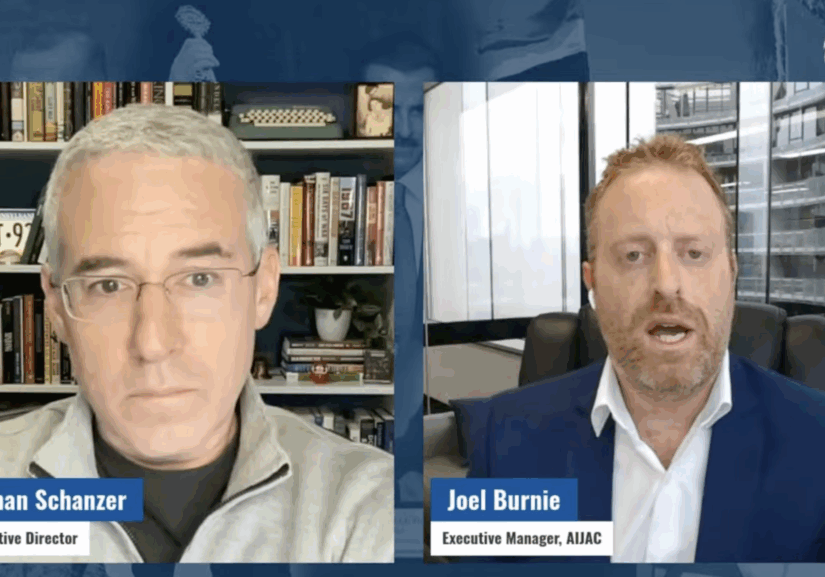
The Government’s actions still fall short: Joel Burnie on FDD Morning Brief
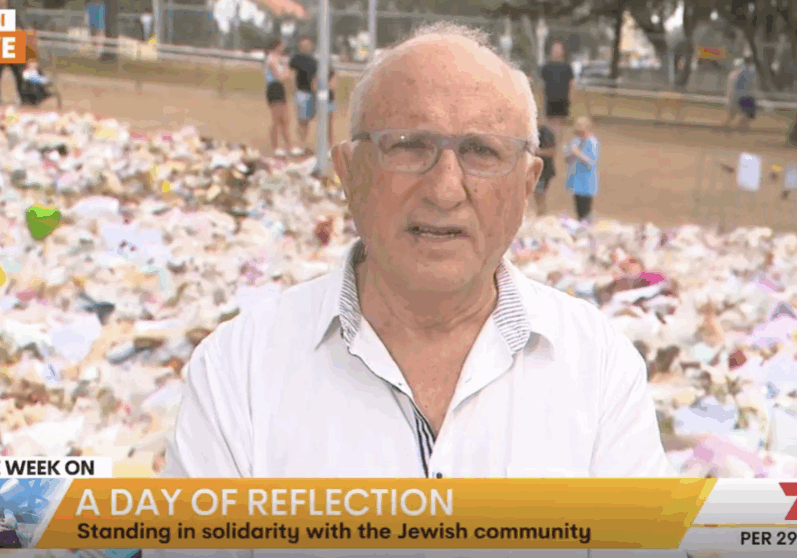
“The writing was on the wall for a number of years”: Colin Rubenstein on Channel 7 Weekend Sunrise


